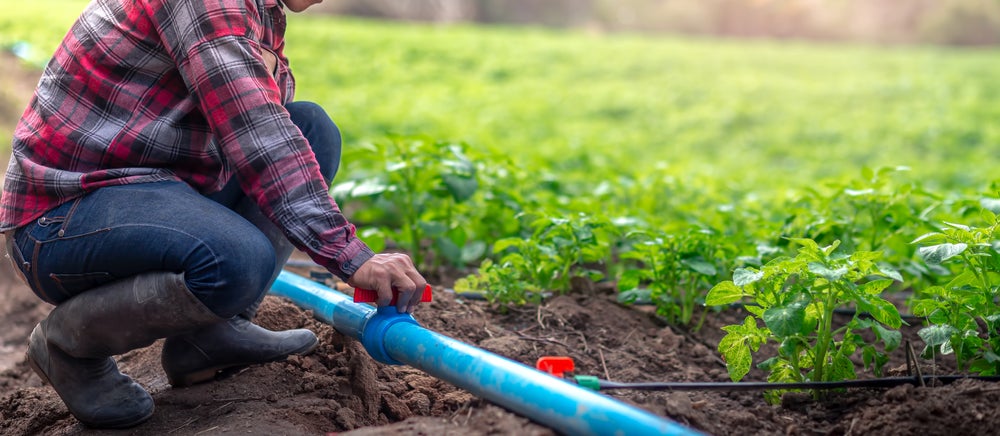DAILY Bites
-
U.S. farmer sentiment rose in April, with the Ag Economy Barometer increasing to 148, driven by greater optimism about both current conditions and future expectations.
-
The Farm Capital Investment Index reached its highest point since May 2021, reflecting a post-election shift toward more willingness to invest—though caution remains among a majority of producers.
-
Despite near-term concerns over tariffs and input availability, 70% of farmers surveyed believe increased tariff use will benefit U.S. agriculture in the long run.
DAILY Discussion
Farmer sentiment improved in April as producers expressed more optimism about current and future conditions on their farms.
The Purdue University/CME Group Ag Economy Barometer rose 8 points to a reading of 148, up from 140 in March. The Index of Current Conditions climbed 9 points to 141, while the Index of Future Expectations increased 8 points to 152.
Improvement in sentiment came amid ongoing tensions with many of U.S. agriculture’s largest trading partners, including Mexico and Canada. Notably, a majority of producers said they believe the increased use of tariffs will ultimately benefit the U.S. agricultural economy, a view reflected in the stronger future expectations reading. The April barometer survey took place between April 14 and 21.
“Producers seem to be gaining confidence in the ag economy’s longer-term outlook in spite of concerns they have about the impact of tariffs,” said Michael Langemeier, the barometer’s principal investigator and director of Purdue University’s Center for Commercial Agriculture. “This month’s results suggest some producers are starting to look beyond near-term uncertainty and focus more on positioning their farms for the future.”
The Farm Capital Investment Index rose to 61 in April, a 7-point increase from March and the highest investment index reading since May 2021. Since the November 2024 election, there has been a marked shift in producers’ attitudes toward large investments.
From May through October 2024, the index averaged just 36, while the average from November through April grew to 54 — a 50 percent increase from the previous six months.
This month, 1 out of 4 producers said it was a good time to make large investments, nearly twice the percentage of respondents who said it was a good time to invest when surveyed from May through October last year.
Despite a rise in investment sentiment, nearly two-thirds of producers in April’s survey still said it was a bad time to invest, suggesting persistent caution among a majority of U.S. farmers.

Equipment sales still sluggish, farmland value expectations ease
That group’s outlook helps explain the sharp decrease in new farm equipment sales that took place during 2025’s first quarter. According to the Association of Equipment Manufacturers, sales of tractors with over 100 horsepower fell 19 percent in the first quarter of 2025 compared to the same period in 2024, while new combine sales were down 38 percent from a year earlier.
The Farm Financial Performance Index held steady in April, dipping just 1 point from last month to a reading of 101. This marks the fourth consecutive month the index has remained above 100, indicating that producers, on average, continue to expect their farm’s financial performance this year to match or modestly exceed last year’s results.
Expectations for short-term farmland values weakened in April, as the index fell 8 points to a reading of 110. This change was driven by a decrease in the number of producers anticipating higher farmland values in the coming year, balanced by a comparable increase in the percentage of producers expecting values to remain about the same.
Mixed views on tariffs and trade policy
The April survey included several questions focused on the impact of the U.S.’s tariff policy on U.S. agriculture. Even with the improvement in overall sentiment, farmers remain concerned about the near-term effects of U.S. trade policy.
Over half (56 percent) of respondents said they expect the U.S. tariff policy to have a negative or very negative impact on their farm’s income in 2025, and 53 percent anticipate some difficulty in obtaining inputs as a result of higher import tariffs. Among those expecting supply challenges, fertilizer was the primary cited concern, followed by parts for farm machinery and electronics and crop chemicals.
Despite the concerns expressed by farmers in the April survey about the impact of tariffs on farm incomes and availability of inputs for their farm operations, 70 percent of respondents said they expect the increased use of tariffs to strengthen the U.S. agricultural economy over the long term.


